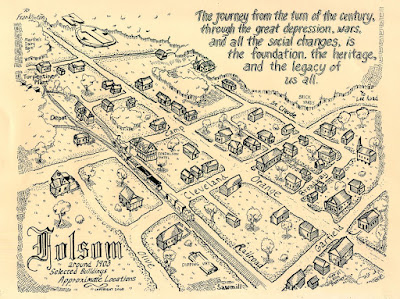In June of 1887, the East Louisiana Railroad was completed between Pearl River and Abita Springs, and on May 16, 1888, the East Louisiana Railroad was completed into Covington. On November 29, 1898, the Times Picayune reported that the East Louisiana Road railroad company was thinking about extending its Pearl River to Covington track all the way northward to Franklinton.
The rail line felt that continuing the track through Folsom to Franklinton seemed to be an idea whose time had come.
"The extension of the East Louisiana to some interior point, either to Franklinton or further, would result in much benefit to Covington, a fact that business people of that town doubtless appreciate. It is stated that when the town is asked what it will do, prompt action will be taken," the article stated.
In other words, the railroad expected Covington to help foot the bill through increased usage. "The East Louisiana people have plenty of money for developing their extension plans, provided they see increased business involved in them," the article went on to say.
According to the news item, the Slidell to Covington railroad had become an "important road" recently to the "health-giving" section it ran to, and thousands of New Orleans people were spending the summer there, building new homes.
"The plans the company have for extension will doubtless take shape during the next few months," the article ended.
If the railroad was trying to take credit for opening up the area to "thousands" of visitors and summer residents, then it was a little late for that. New Orleans people had been arriving by boatloads to Mandeville and Covington for decades already.
In 1902 the Greenlaw Lumber Company built a logging line northward out of Covington to Ramsay, and shortly thereafter the New Orleans Great Northern Railroad extended that railroad track to Folsom.
In Folsom a large turnaround track enabled passenger and freight trains to reverse direction. It also enabled Folsom to become established as a trade center for lumber and other products needed by a growing New Orleans market. Unfortunately, the track was never extended to Franklinton.



